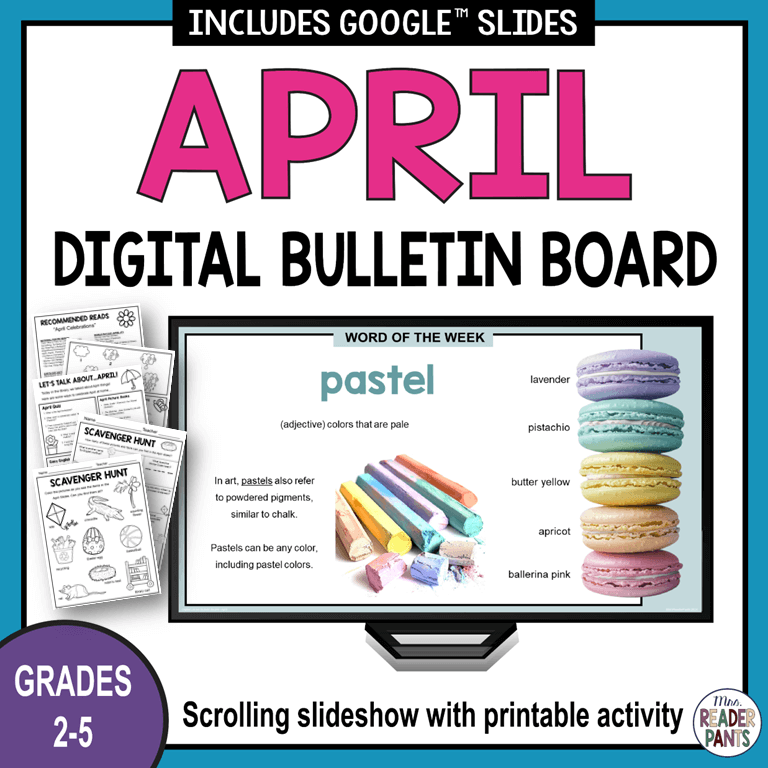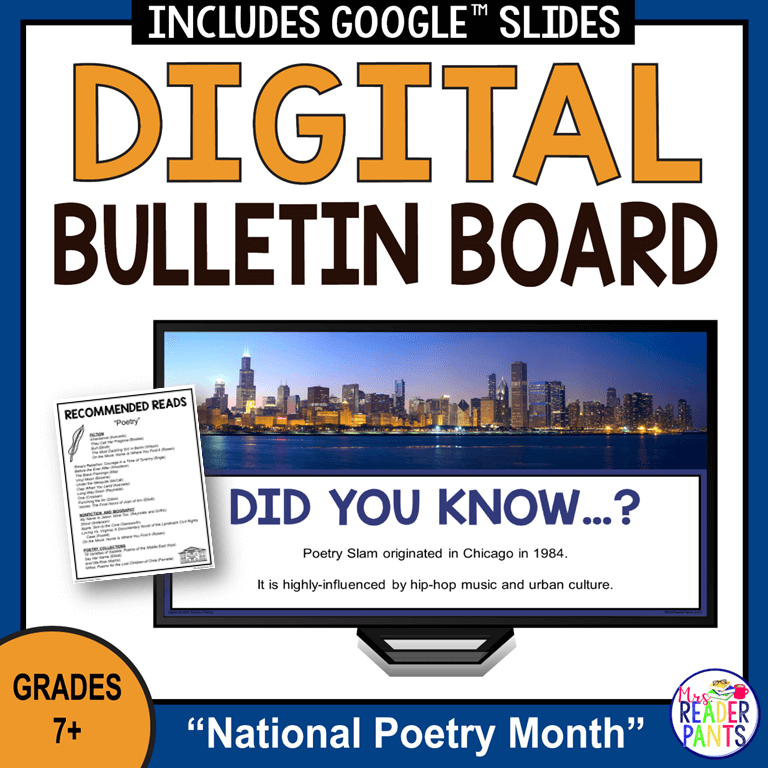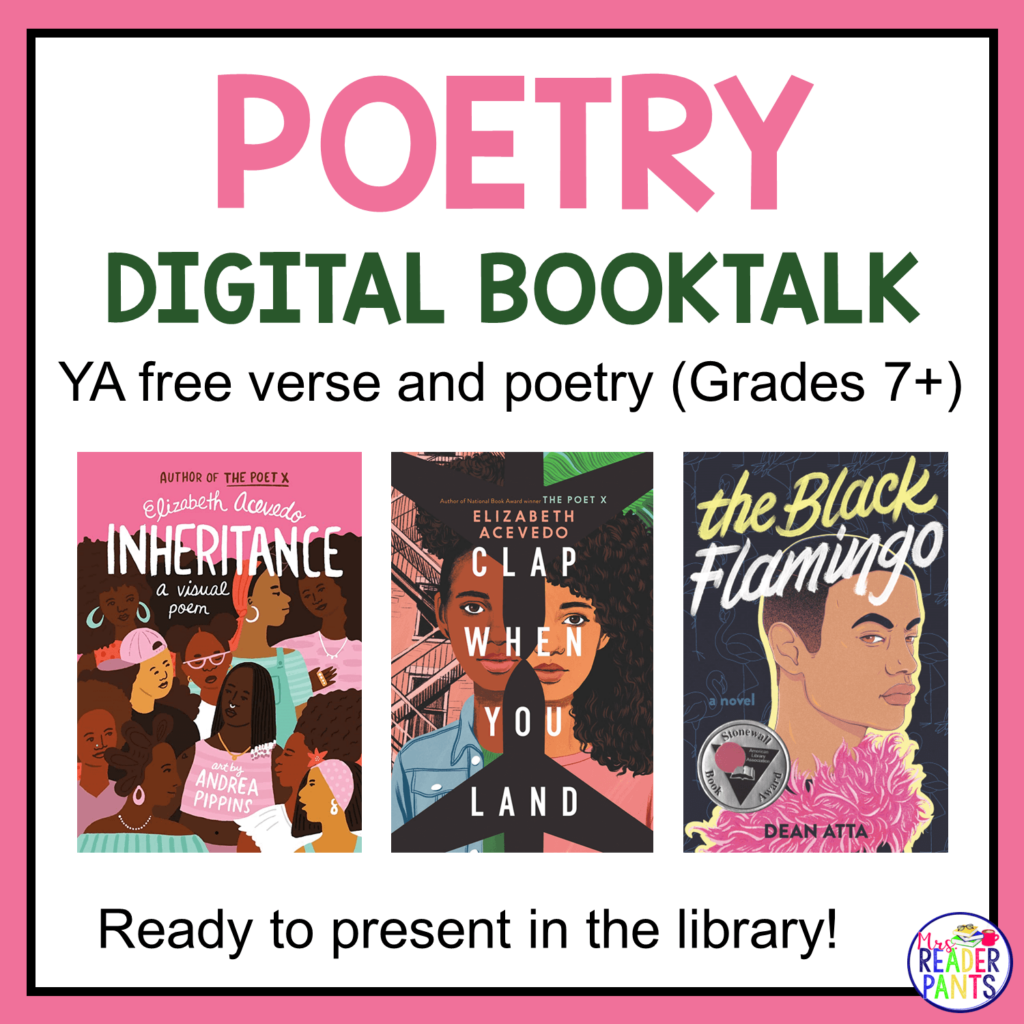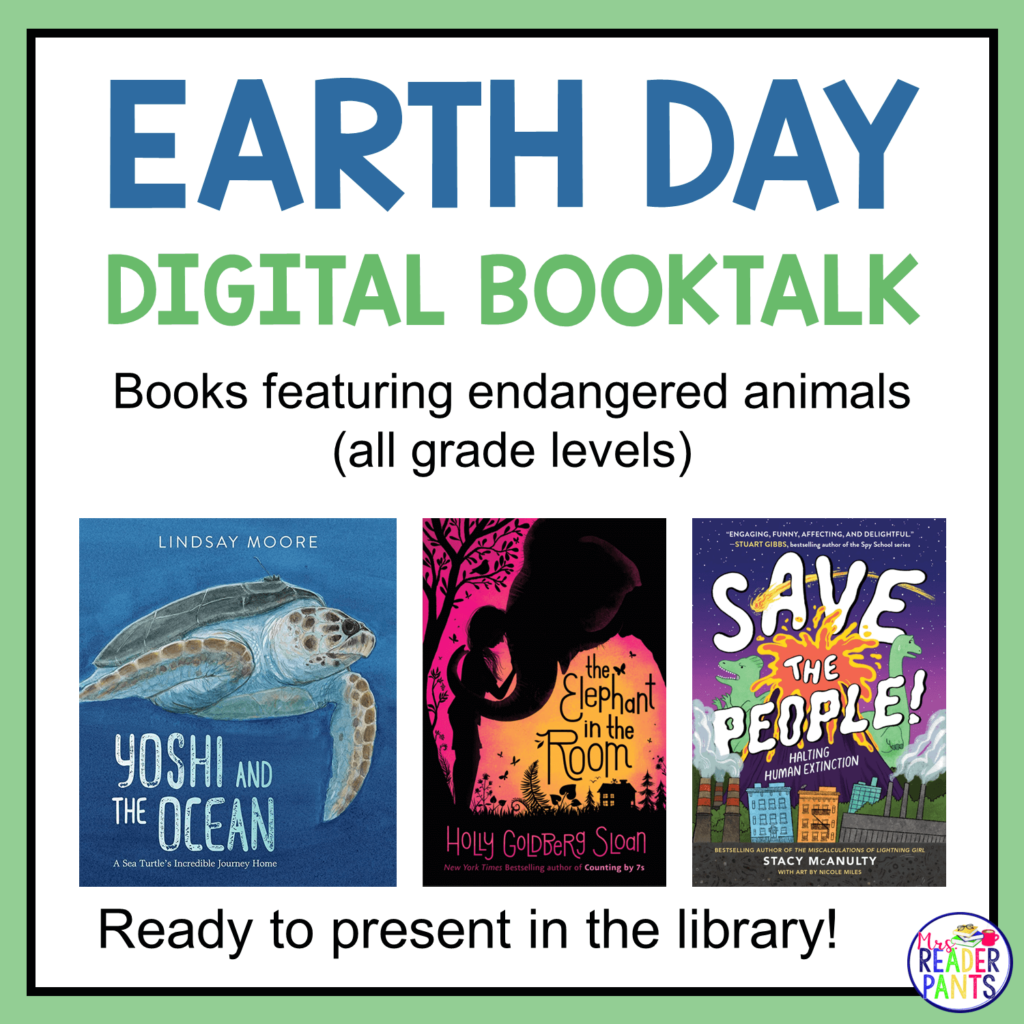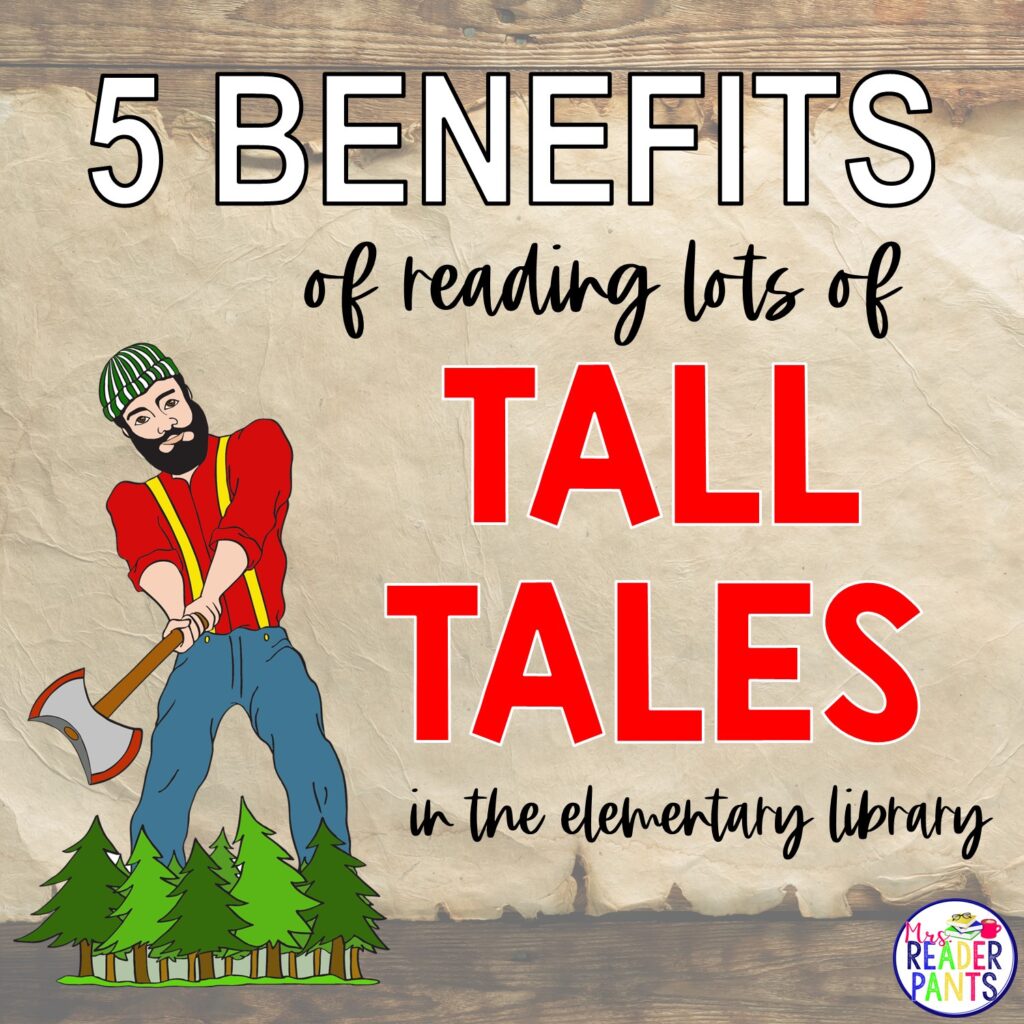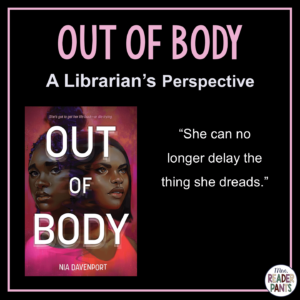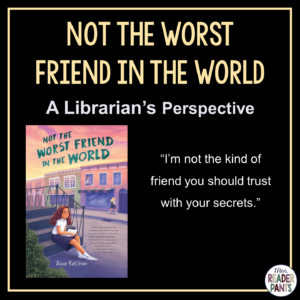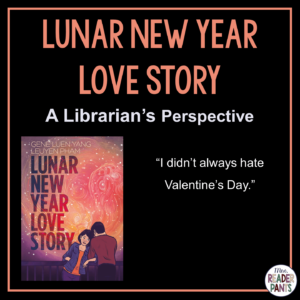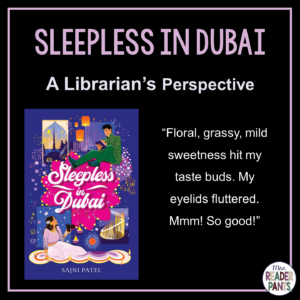Do your booktalks excite, with sizzle and pop?
Or are they tired and dry, with fizzle and flop?
Do students think your talks are cool?
Or do they sit there bored, trying not to drool?
Don’t put them to sleep; put on a show!
For the past two Thursdays, I have shared the first 20 of my 31 ways to “Jazz Up Your Booktalks.” Today I give you the final 11 tips. In case you missed the first 20 tips, I have linked them at the bottom of this post. Coming up next Thursday, a bonus booktalking post…my list of Booktalking Don’ts!
![]()
TIP 21: USE PICTURES AND QUOTATIONS.
In a booktalk on bullying, I discussed 50 Cent’s book Playground. One of the illustrations in the book shows the protagonist, Butterball, eating lunch in the bathroom stall at school.
When I show this illustration, I ask the students why Butterball might be eating his lunch in the bathroom. The response from students is, 100% of the time, that Butterball is being bullied and doesn’t want to eat lunch in the cafeteria. When I ask why he might be being bullied, the answer is inevitably because Butterball is fat and doesn’t have any friends.
I then go into why Butterball is eating in the bathroom in this scene, which gets students interested in the story. I do not need to go into a long summary of the story; this illustration and my description of what happened is enough to get students interested in the book. Butterball’s sadness really comes through in the illustration, and I love showing the picture when I talk about this book.
![]()
TIP 22: ENCOURAGE STUDENTS TO MAKE WANT-TO-READ LISTS.

One of my favorite English teachers, Ms. Lynch, left education a few years ago to stay home with her three girls. Losing her was a huge plus for her gorgeous girls, but it was a massive loss to the students of our school. I’ve had all kinds of different classes in the library over they years, and there are lots of teachers who were really good at getting less-enthusiastic readers to try new books. But Ms. Lynch had a real knack for it. Her classes were consistently among my best readers who checked out the most books. It didn’t matter if the class was an honors English class or not; her students read because she made leisure reading more important than any state test. She modeled good reading. She gave students time each day to read independently. And they loved her for it!
The Want-to-Read list was an activity she required her students to bring with them to the library. When they found a book they were interested in (whether they found it on their own, by friend recommendation, or from my booktalks), they wrote down the title, author, call number, and a short summary of why they wanted to read it. These were eighth grade students, and they were always excited for their library time. Whereas students in other classes might stare blankly at me during my booktalks, Ms. Lynch’s students participated consistently and enthusiastically.
![]()
TIP 23: ATTEND OTHER BOOKTALKS.
You can find great booktalks on YouTube! There is a whole industry out there for Book Tubers.
Your local education resource center or state library association conferences are another great resource. I’ve both presented booktalks at these, and I have seen tons of them.
You can also search for BER (Bureau of Education Research) seminars like “What’s New in Children’s Literature” and “What’s New in YA Literature” booktalks. I’ve attended several of these over the years, and they are always FABULOUS! And–a huge bonus for me since I live in China–they are available in audio and video formats as well! Scroll all the way to the bottom of the linked pages for more information about audio and video.
Observe what you like (and dislike) about the way others present, how long they spend on each title, how they tie it into school libraries and lessons, presentation organization, how they keep it interesting, and audience involvement. By combining what you like best about other booktalkers and adding your own flair to the mix, your booktalks are sure to sizzle!
![]()
TIP 24: DON’T SAY TOO MUCH.
![]() This can be really hard, but I’ve found that less is really more when it comes to booktalking. You don’t want to give away any more than what appears in the book blurb or within the first couple of chapters. Pique your students’ interests, then move on.
This can be really hard, but I’ve found that less is really more when it comes to booktalking. You don’t want to give away any more than what appears in the book blurb or within the first couple of chapters. Pique your students’ interests, then move on.
![]()
TIP 25: INCLUDE INTERESTING HISTORICAL FACTS AND PHOTOGRAPHS.
I recently read an article about how scientists used King Tut’s mummy to create a 3-D image of the boy-king’s facial and body features. I based an entire booktalk on this article, sharing information about King Tut, The Valley of the Kings, mummies, and DNA throughout the presentation. It went so well that I am now planning a similar presentation on Pompeii and volcanoes.
Here is a booktalk I presented at a Region XI Librarians Conference in Fort Worth, Texas. I based this entire booktalk on Beatles lyrics. Making these booktalks is fun, and the students love them!
Here’s the booktalk I used–please feel free to download and edit as you need:
TIP 26: PRACTICE. A LOT.
Booktalking is something I have always loved and had a knack for. But I have honed this skill over 13 years in the library. I do hundreds of booktalks each school year. My style has changed a lot over the years, and I am certain it will change even more in the years to come. The more you do it, the stronger your booktalks will be.
![]()
TIP 27: TAKE CREATIVE RISKS.
The first time I used a music video to introduce a booktalk theme, I was uncomfortable. I wondered what the teacher would think or what my principal would think if she walked in while I was showing a music video to a class of 8th graders. I wondered if the students would understand why I showed the video and what it had to do with the booktalk.
Sometimes, yes, the risks I take don’t work for me. And that’s okay. The point is that I tried something new. My students, teachers, and principal appreciate that.
![]()
TIP 28: BOOKTALK MULTIPLE READING LEVELS.
Every class is going to have stronger readers and struggling readers.
Your booktalks should include fat books and thin books, illustrated books, graphic novels, high-interest nonfiction (books with lots of photos and captions), and even a picture book or two. Aim to represent every reading ability in the room. Keep in mind that struggling readers are the ones our booktalks most need to reach.
![]()
TIP 29: BE DIVERSE.
As you create your booktalk, be sure to include a broad range of cultures, socioeconomic statuses, races, and male and female protagonists.
![]()
TIP 30: TALK AS MANY TITLES AS YOU CAN IN THE TIME YOU HAVE.
The more books you talk, the more choices your students have. In a 40-minute booktalk, I aim for 10-12 titles. Some books may only take a minute to talk; others, especially those with book trailers or passages that I read aloud, may take 4-5 minutes.
I always, always plan for more titles than I think I can booktalk. I’d rather squeeze in a couple of titles I hadn’t planned to have time for than have a huge chunk of extra time at the end.
![]()
TIP 31: USE THE NEWS!
I’ve talked about my love for FirstNews daily videos before. I show the FirstNews video to every class I see for library time. They are only two minutes long, and often, they have stories that you could use for booktalks.
For example, FirstNews recently ran a story about the crack in the Antarctic Ice Shelf. This 30-second story was a perfect way to generate student interest in books set in cold places, fiction and nonfiction titles about global warming, or anything about Antarctica. I used a story about Prince William and Lady Kate’s new wax museum statues to talk introduce Sarah Crossan’s book One, which is about conjoined twin sisters (William and Kate’s wax statues share one knitted sweater, made for two). A story about Black Friday led to a booktalk about Christmas titles in the library.
IN CASE YOU MISSED IT:
So there you have it! Thirty-one different ways to “jazz up your booktalks!” I hope this series has inspired you to try some new booktalking strategies, even if they might not always feel comfortable right away.
Links to the entire Booktalking Tips series:

